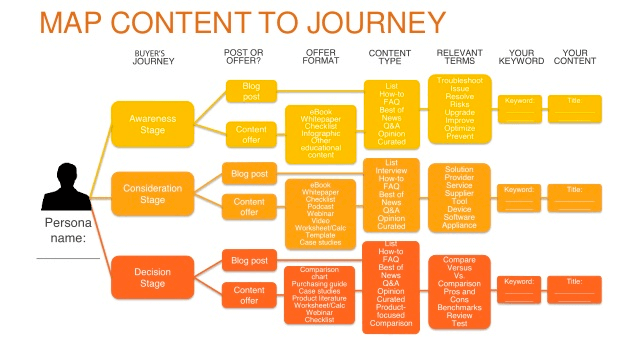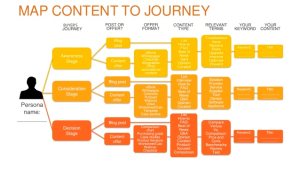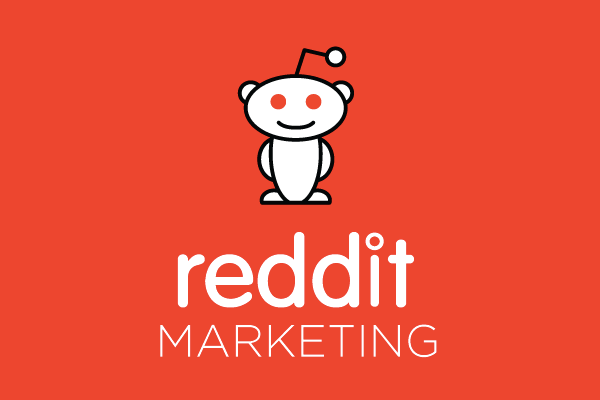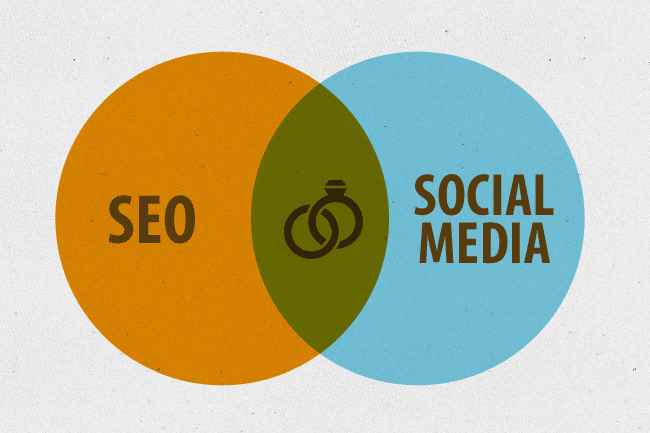Content mapping plays a pivotal role in the triumph of digital marketing strategies. By comprehending the requirements and preferences of your target audience, content mapping empowers you to generate and disseminate pertinent content that steers potential customers through their purchasing journey. In this piece, we will explore the concept of content mapping, its significance, and how it can enhance your overall marketing endeavors.
Understanding Content Mapping What is Content Mapping?
Content mapping is the procedure of strategically arranging and aligning your content with the distinct stages of your buyer’s journey. It encompasses mapping specific content pieces to the needs, challenges, and interests of your target audience at different touchpoints. By doing so, you can create a seamless and personalized experience for potential customers, resulting in heightened engagement and conversion rates.
How it Assists in Organizing Content
Content mapping furnishes a structured framework for organizing your content assets. By categorizing your content based on buyer personas, target audience segments, and the various stages of the buyer’s journey, you can ensure that your content is easily accessible and relevant to the appropriate individuals at the opportune moment.
Connecting the Buyer’s Journey with Content Mapping
The buyer’s journey comprises three primary stages: awareness, consideration, and decision. It aids in aligning your content with each stage, enabling you to provide the right information at the right time. By understanding the pain points and informational requirements of your target audience at each stage, you can generate content that guides them towards making a purchase decision.
Benefits of Content Mapping Enhanced User Experience
Effective content mapping enriches the user experience by offering valuable and tailored content that resonates with the target audience. When your content addresses their specific needs and interests, it cultivates trust, credibility, and engagement.
Heightened Engagement and Conversion Rates
Content mapping facilitates the delivery of the most relevant content to the audience, resulting in heightened engagement and increased conversion rates. By presenting potential customers with content that aligns with their specific interests and challenges, you can capture their attention, keep them engaged, and guide them towards taking the desired action.
Personalization and Relevance
Content mapping empowers you to personalize your content based on the preferences, demographics, and behaviors of your target audience. By segmenting your audience and mapping content accordingly, you can provide personalized experiences that are more likely to resonate with individual users.
Improved SEO and Search Visibility
By aligning your content with the buyer’s journey and targeting relevant keywords, you enhance your website’s visibility in search engine results. Content mapping ensures that your content encompasses a wide range of relevant topics, thereby increasing the likelihood of ranking well and attracting organic traffic.
To create an effective content mapping strategy, consider the following steps:
Identifying Target Audience Personas
Initiate the process by developing detailed buyer personas that represent your ideal customers. Identify their demographics, preferences, pain points, and motivations. This information will assist you in creating content that addresses their specific needs and interests.
Mapping Content to Different Stages of the Buyer’s Journey
Once you have defined your buyer personas, map your content to each stage of the buyer’s journey: awareness, consideration, and decision. Generate content that educates and raises awareness in the early stages, guides and compares options in the consideration stage, and convinces and aids decision-making in the final stage.
Utilizing Various Content Formats and Channels
Diversify your content formats and distribution channels to cater to different audience preferences. Consider utilizing blog posts, videos, infographics, podcasts, social media, email marketing, and more. Adapt your content to suit the channel and format while maintaining a consistent message with content marketing.
Aligning Content with Business Goals
Ensure that your content aligns with your overall business goals. Whether it entails generating leads, increasing sales, or building brand awareness, each content piece should possess a clear objective and a defined call-to-action that contributes to your business objectives.
Steps to Create a Content Map Follow these steps to create an effective content map:
Conducting a Content Audit
Initiate by conducting a thorough content audit to identify your existing content assets. Evaluate their quality, relevance, and performance. This audit will assist you in identifying content gaps and areas for improvement.
Mapping Content to Buyer Personas
Map your existing and planned content to specific buyer personas. Analyze which content pieces align with each persona’s needs and identify any gaps where new content should be created to fill those spaces.
Identifying Content Gaps and Opportunities
Review your content map and identify areas where you have insufficient or missing content. These gaps represent opportunities to create content that addresses specific pain points or stages of the buyer’s journey.
Defining Key Performance Indicators (KPIs)
Establish measurable KPIs to track the success of your efforts. These may encompass metrics such as website traffic, engagement, lead generation, or conversion rates. Regularly monitor and analyze the performance of your content to identify areas for improvement.
To effectively implement your content mapping strategy, consider the following:
Developing a Content Calendar
Create a content calendar to organize and schedule your content production and distribution. This calendar will assist you in maintaining a consistent flow of content and ensuring its alignment with your overall content mapping strategy.
Collaborating with Content Creators and Stakeholders
Involve content creators, subject matter experts, and stakeholders in the content mapping process. Collaborate to ensure that the content you produce aligns with the goals, messaging, and expectations of your organization.
Monitoring and Analyzing Content Performance
Regularly monitor and analyze the performance of your content. Utilize analytics tools to measure engagement, conversion rates, and other relevant metrics. Adjust your strategy based on the insights gained from this analysis.
Iterating and Optimizing the Content Mapping Strategy
Continuously iterate and optimize your strategy based on feedback, data, and changes in your target audience’s needs and behaviors. Stay up-to-date with industry trends and adapt your content map accordingly.
Best Practices To maximize the efficacy of your content mapping efforts, consider these best practices:
Conducting Keyword Research
Perform keyword research to understand the search terms used by your target audience. Incorporate these keywords strategically into your content to improve its search engine visibility.
Creating Compelling and Relevant Content
Focus on creating high-quality content that is valuable, informative, and engaging. Tailor your content to address the pain points and interests of your target audience at each stage of their buyer’s journey.
Using Analytics to Measure Success
Leverage analytics tools to measure the success of your strategy. Track metrics such as traffic, engagement, conversions, and ROI to gain insights into the effectiveness of your content.
Adapting to Changing Audience Needs
Regularly reassess your content mapping strategy to ensure its alignment with your target audience’s evolving needs and preferences. Stay flexible and adapt your content map to address emerging trends and changing market dynamics.
Challenges and Solutions can pose challenges that should be taken into account. Some common challenges and their solutions include:
Overcoming Content Fragmentation
With a plethora of content channels and formats, maintaining a cohesive content mapping strategy can be challenging. Create guidelines and standards to ensure consistency across all your content pieces and channels.
Addressing the Scalability Issue
As your content library expands, managing and updating content mapping for numerous pieces of content can become overwhelming. Implement content management systems and automation tools to streamline the process and ensure scalability.
Ensuring Consistent Messaging Across Channels
Maintaining consistent messaging across different content formats and channels is crucial. Develop brand guidelines and messaging frameworks to ensure that your content reflects your brand’s values, tone, and voice consistently.
Conclusion Content mapping is a potent technique that aids businesses in creating and distributing relevant content that aligns with the needs of their target audience at every stage of the buyer’s journey. By implementing a well-defined strategy, you can enhance user experience, increase engagement and conversion rates, personalize content, improve SEO, and achieve your business goals more effectively.
Remember, content mapping is an ongoing process that requires continuous evaluation, optimization, and adaptation to keep up with your audience’s changing needs and preferences. By adhering to the best practices outlined in this article and proactively addressing challenges, you can leverage the benefits of content mapping to drive the success of your digital marketing efforts.







